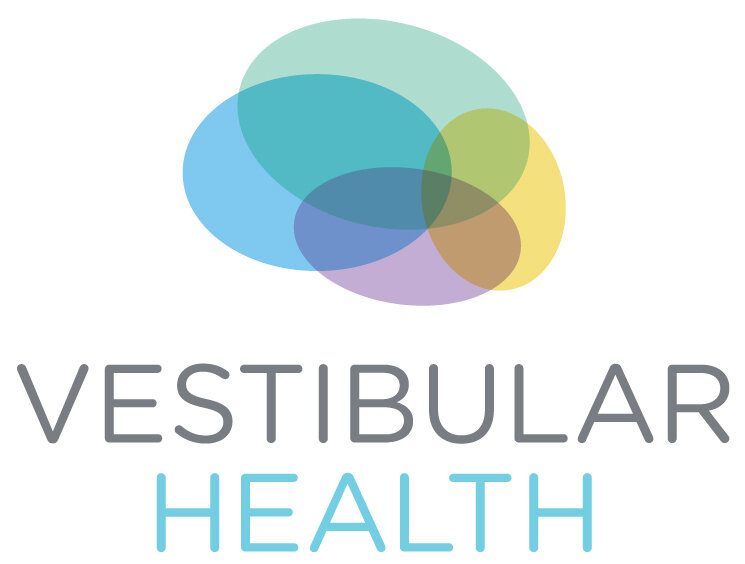
Improving dizziness & balance with acoustic neuroma
Our team presented a poster at the Acoustic Neuroma Association symposium on physiotherapy outcomes for patients with acoustic neuroma/vestibular schwannoma seen in our clinic. Vestibular rehabilitation can help improve symptoms of dizziness, imbalance, and blurry or bouncing vision across all stages of acoustic neuroma treatment options.

Research update: Vestibular rehab for CABV
A research study co-authored by Shaleen Sulway demonstrated that vestibular rehabilitation can improve postural stability and balance, and decrease risk of falling in people with Cerebellar Ataxia with Bilateral Vestibulopathy. CABV is a degenerative condition affecting the vestibular system, causing imbalance, dizziness, nystagmus, and oscillopsia.
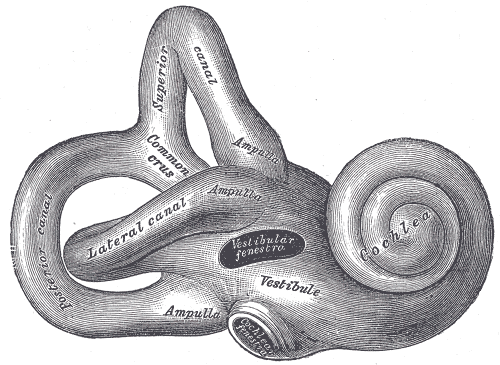
Rare vestibular conditions
Dizziness, vertigo, and balance problems are relatively common, but there are some uncommon vestibular disorders that can cause these symptoms. Learn more about rare vestibular conditions and the role of vestibular rehab.

Rare vestibular conditions: Cerebellar ataxia with neuropathy and vestibular areflexia (CANVAS)
Cerebellar ataxia with neuropathy and vestibular areflexia (CANVAS) is a rare syndrome, caused by problems in the brain, vestibular system, and sensory nerves. Signs and symptoms include imbalance, problems walking, incoordination, and abnormal eye movements called nystagmus. Vestibular rehabilitation for CANVAS can help improve balance and mobility.

Rare vestibular conditions: Cerebellar ataxia with bilateral vestibulopathy (CABV)
Cerebellar ataxia with bilateral vestibulopathy (CABV) is a rare syndrome caused by problems in the brain and vestibular system. Signs and symptoms include balance problems and abnormal eye movements called nystagmus. Vestibular rehabilitation for CABV can help improve balance and mobility.
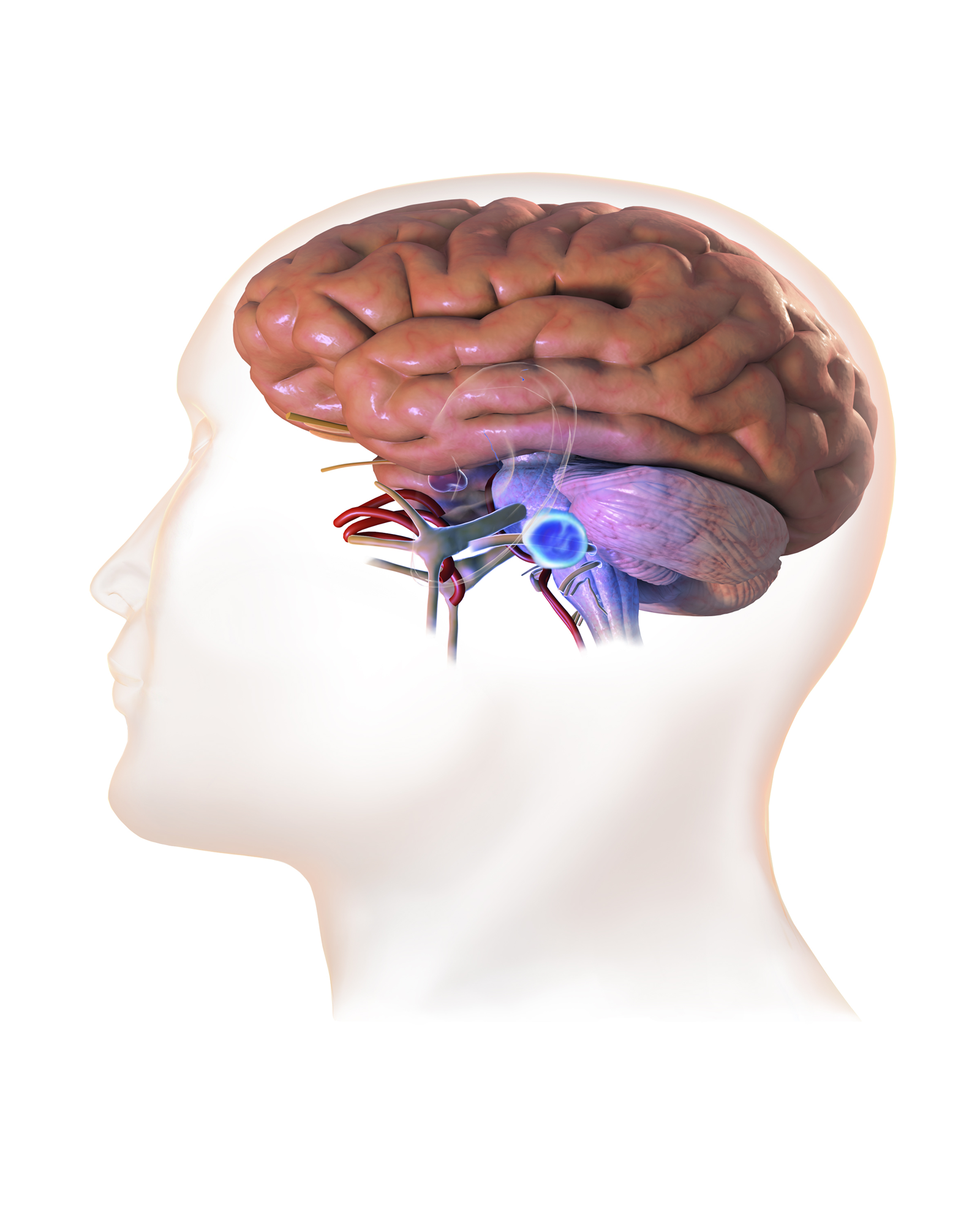
Training your brain: Vestibular rehab for acoustic neuroma
Dizziness, vertigo, and balance problems are common symptoms of vestibular schwannoma, also known as acoustic neuroma. Watch Elizabeth Crawford’s presentation for the Acoustic Neuroma Association of Canada on the role of vestibular physiotherapy in the treatment of vestibular symptoms due to acoustic neuroma.

Rare vestibular conditions: Vestibular schwannoma (acoustic neuroma)
Vestibular schwannoma or acoustic neuroma is a benign tumor of the cerebellopontine angle. Symptoms include unilateral hearing loss, tinnitus, dizziness, and balance problems. Vestibular rehabilitation can help improve dizziness and imbalance both before and after surgery or radiation treatment.
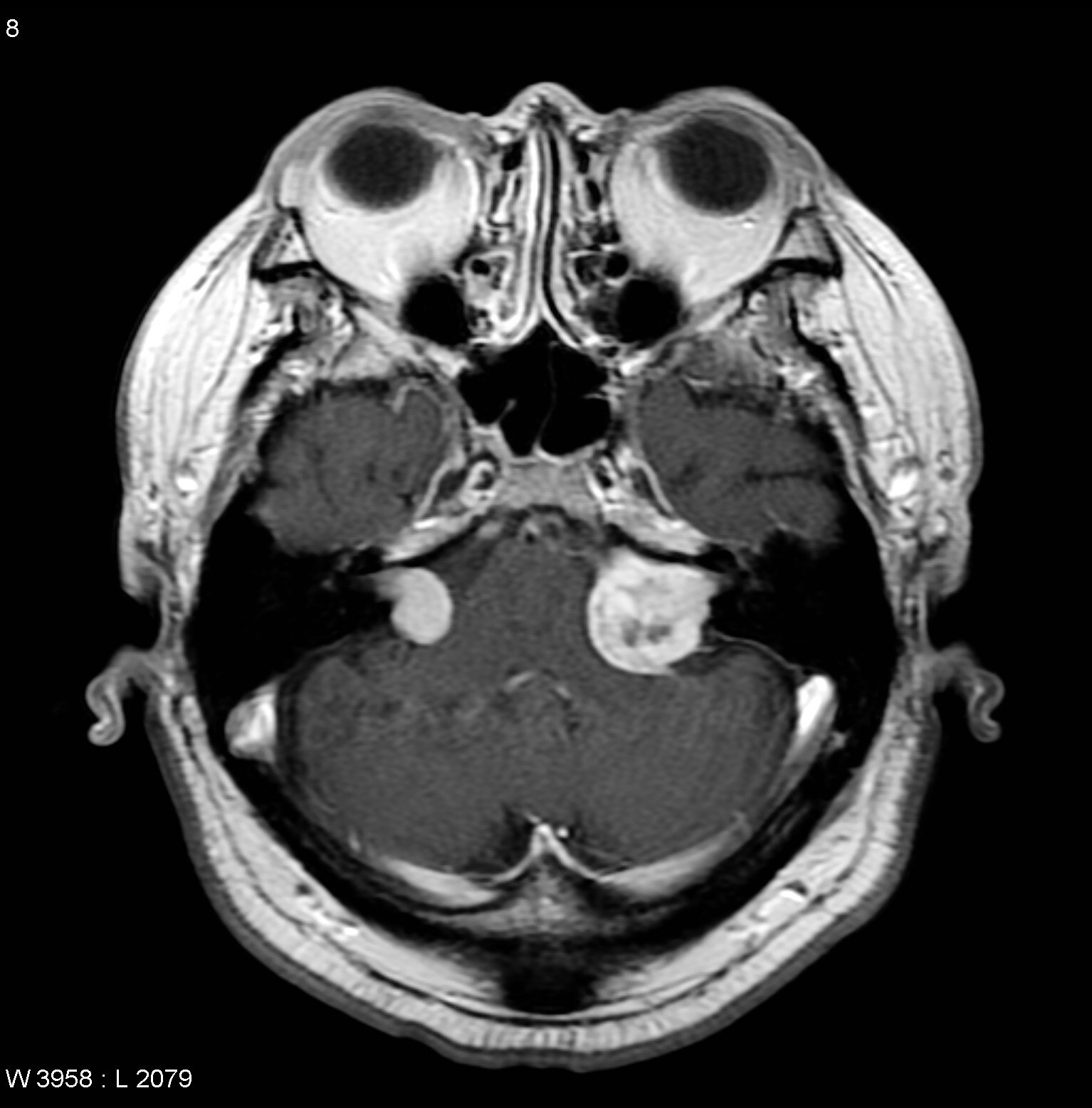
Rare vestibular conditions: Neurofibromatosis type II
Neurofibromatosis type II (NF2) is a rare genetic disorder that causes problems with balance and walking due to benign tumours on the nerve of the inner ear (bilateral acoustic neuromas). Symptoms include problems with balance, difficulties walking, dizziness, tinnitus, hearing loss, and facial weakness. Vestibular rehab physiotherapy for NF2 can help improve balance and mobility.
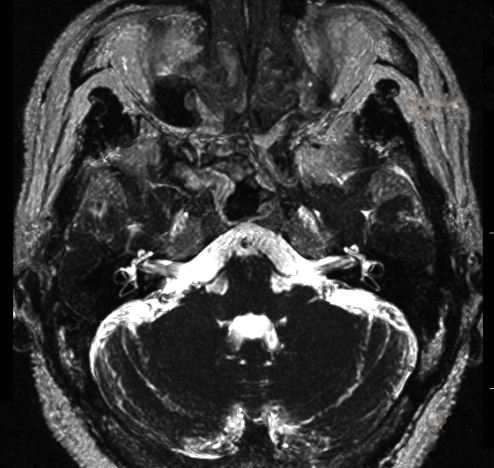
Rare vestibular conditions: Vestibular paroxysmia
Vestibular paroxysmia is a rare inner ear disorder, caused by compression or irritation of the eighth cranial nerve (vestibulocochlear) which is responsible for hearing and balance. Symptoms include frequent spontaneous attacks of vertigo lasting a minute or less.
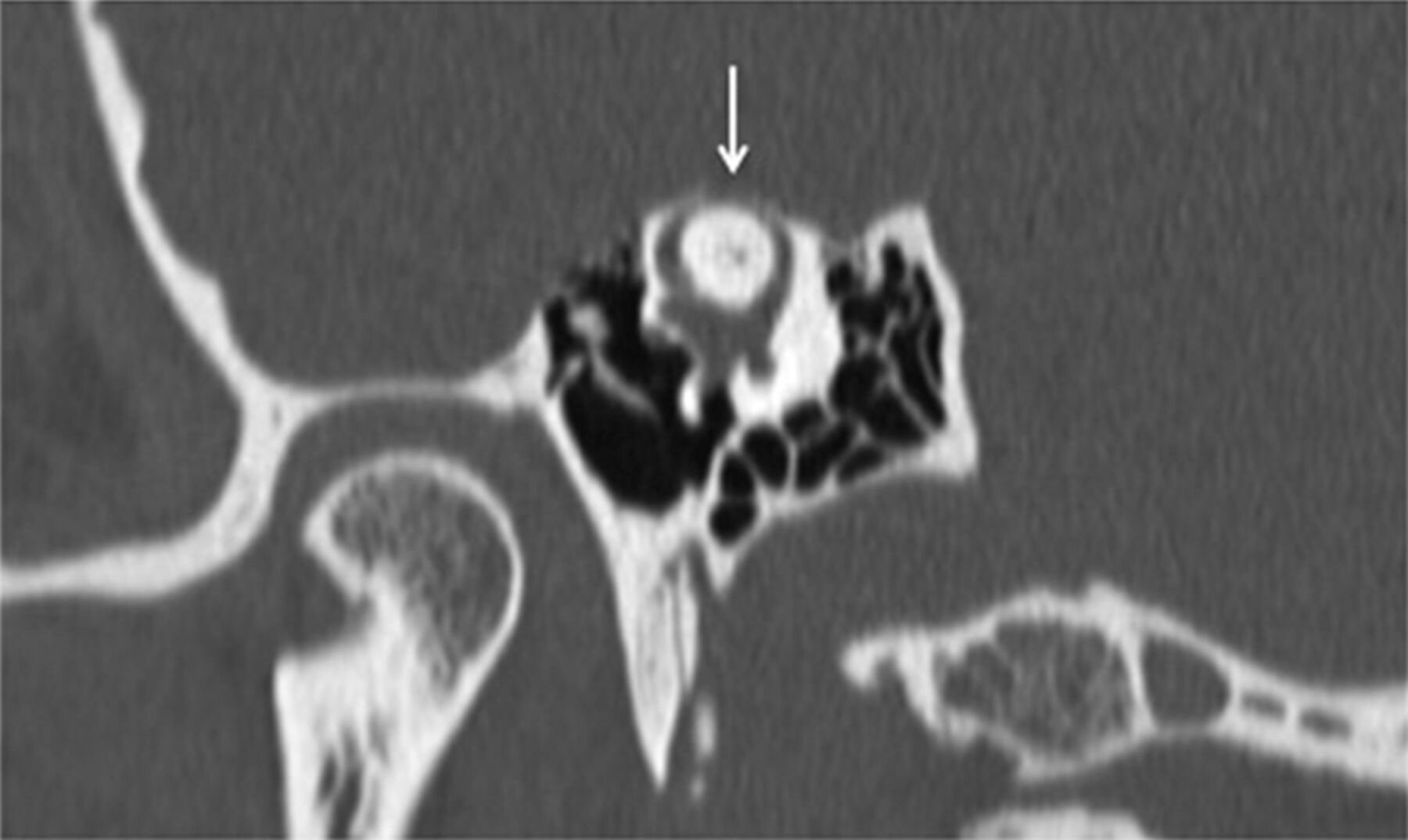
Rare vestibular conditions: Superior semicircular canal dehiscence
Superior semicircular canal dehiscence (SSCD or SCD) is a rare inner ear disorder, caused by thin or absent bone over the superior semicircular canal of the vestibular system. Symptoms can be very disabling and include vertigo triggered by loud sounds or changes in pressure, pulsatile tinnitus, hearing your eyes move, and hearing your own voice and body sounds too loudly.
